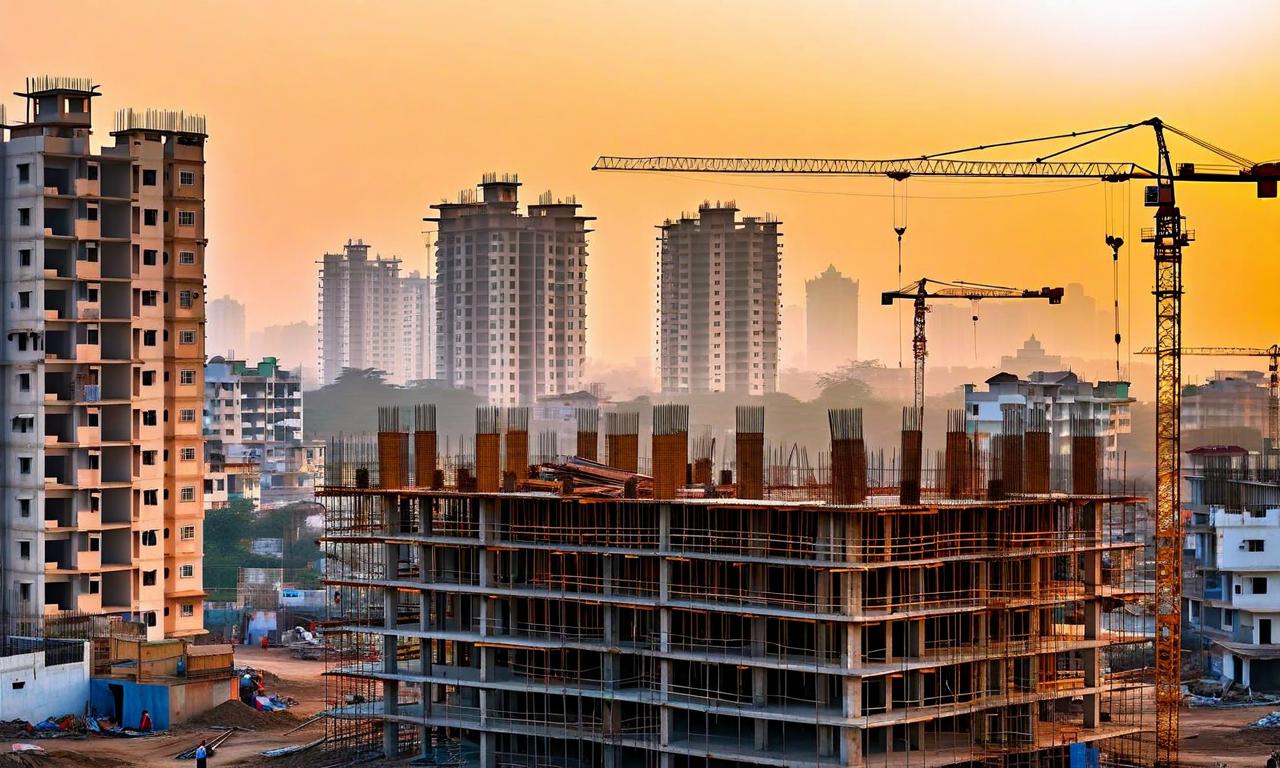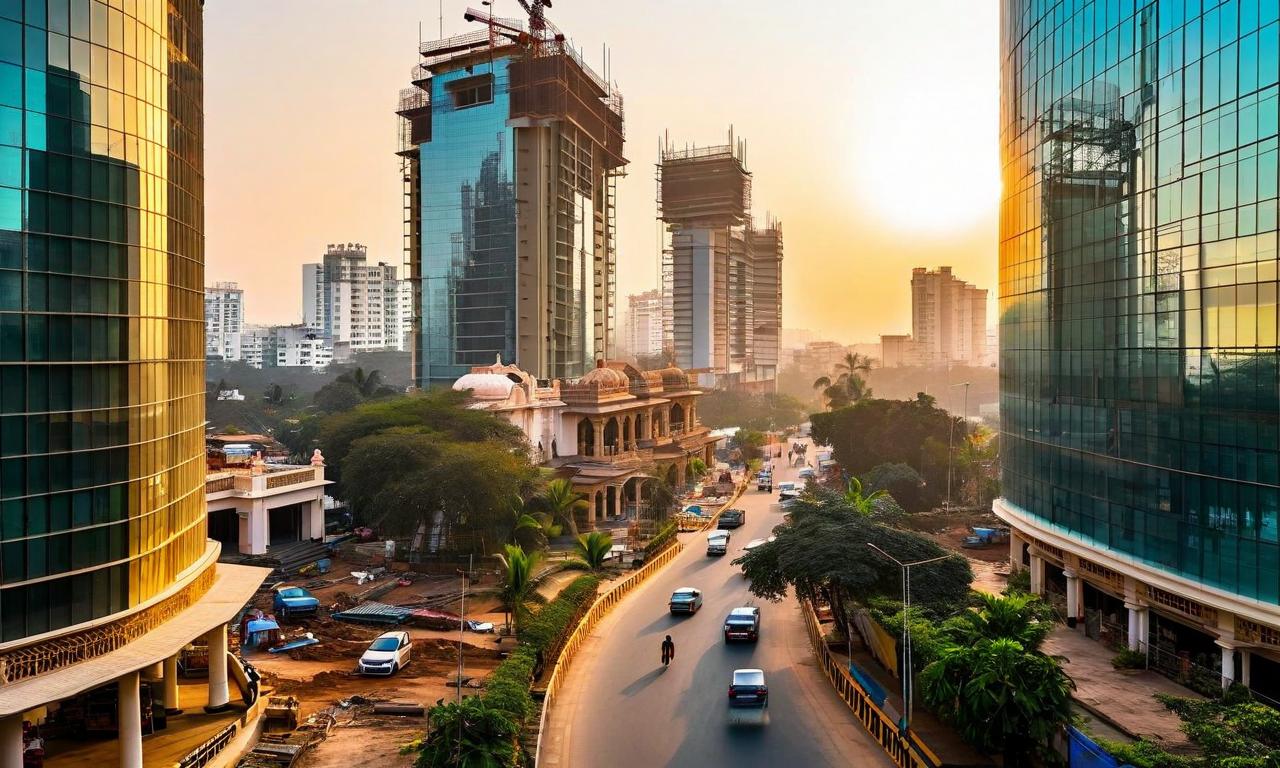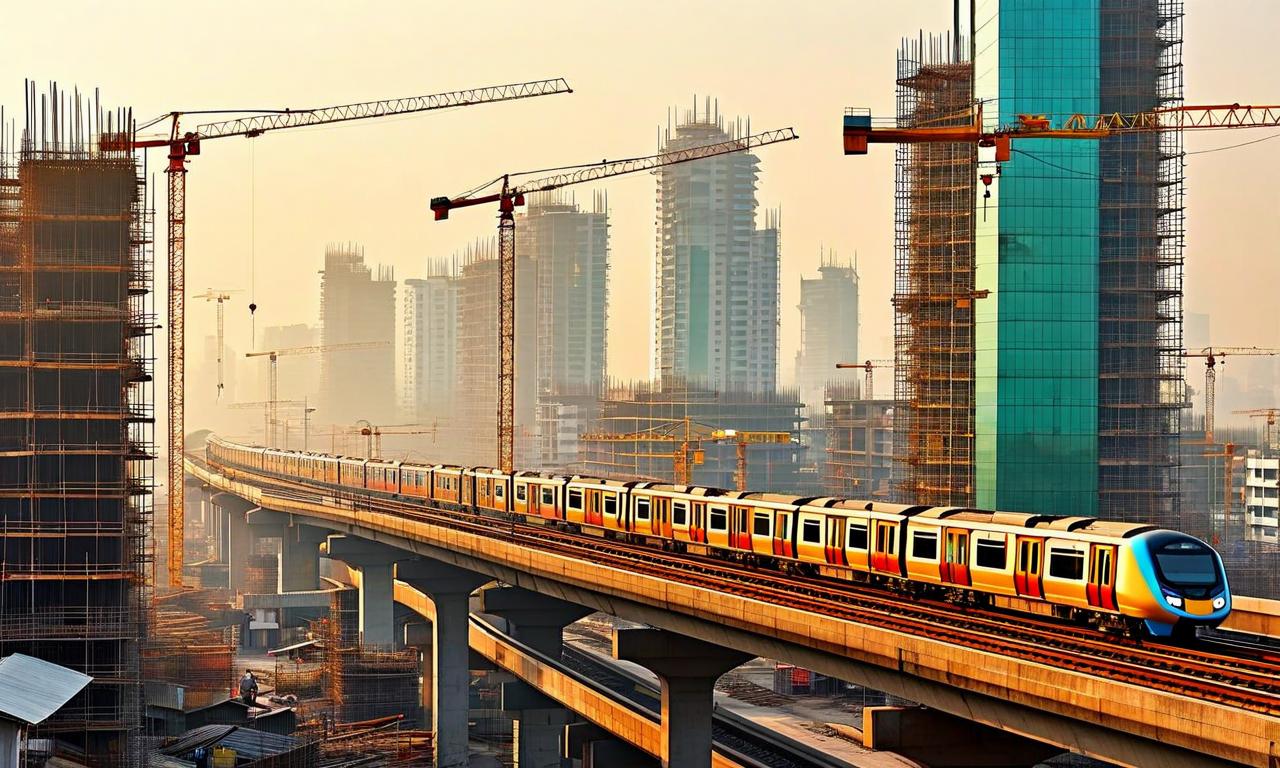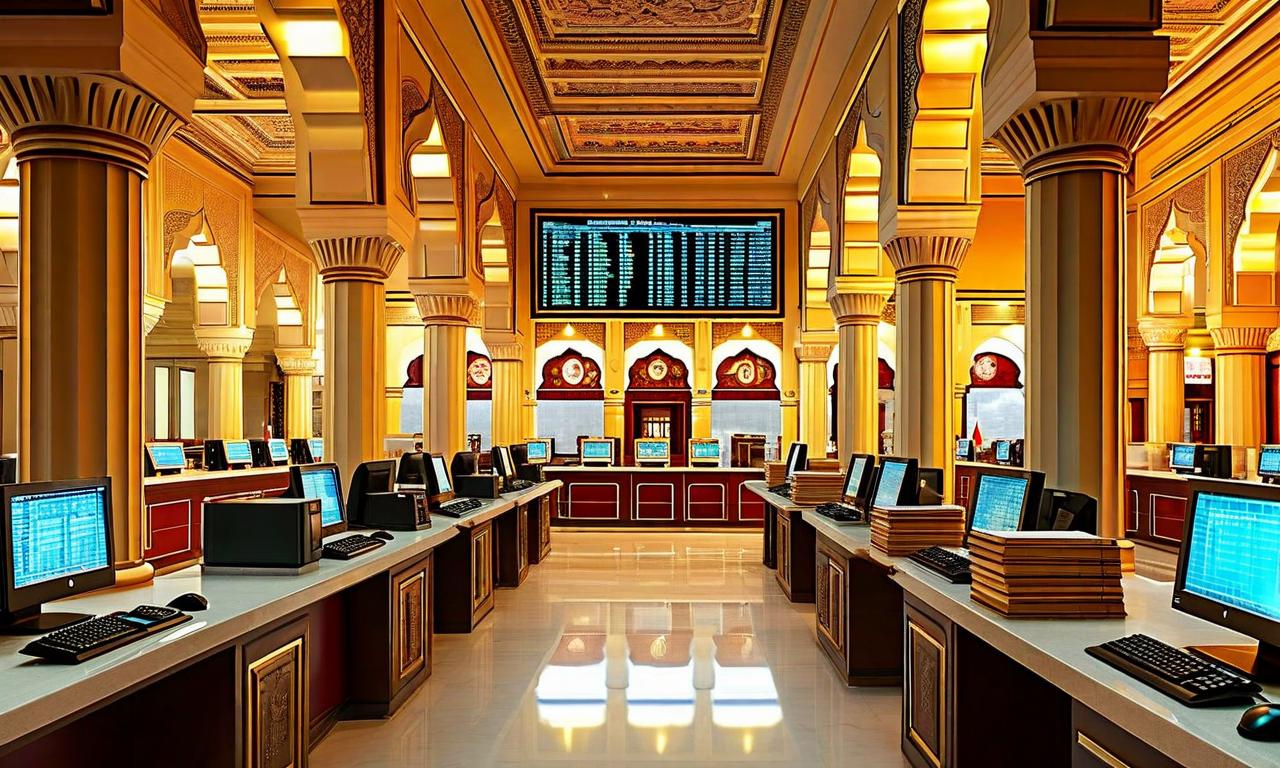Private Equity Investments in Indian Real Estate Dip 15% in H1 FY26
Private equity investments in Indian real estate decreased to $2.20 billion in the first half of fiscal year 2026, a 15% year-on-year drop. Despite fewer transactions, average deal sizes remained stable at $60-100 million. Mumbai Metropolitan Region and Kolkata showed growth, with notable deals including the Kanakia-Hines-Mitsubishi-Sumitomo transaction in MMR and Blackstone's acquisition of South City Mall in Kolkata. Investment focus shifted to retail, mixed-use, and commercial office assets, with foreign capital contributing 73% of total investments. Residential, commercial, and retail sectors continued to attract investor interest despite the overall decline.
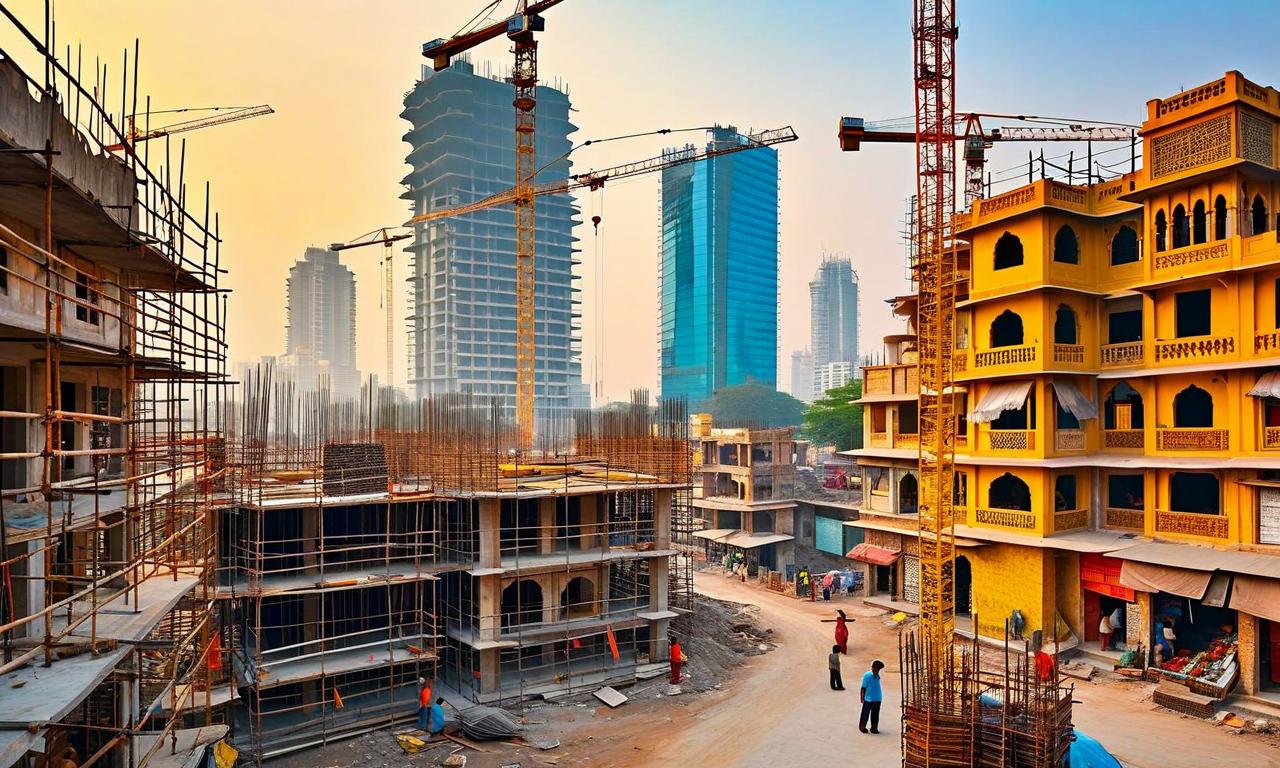
*this image is generated using AI for illustrative purposes only.
Private equity (PE) investments in the Indian real estate sector have witnessed a notable decline in the first half of fiscal year 2026, according to a recent report by ANAROCK Capital. The sector saw investments totaling $2.20 billion, marking a 15% year-on-year decrease compared to the same period in FY25.
Investment Trends and Deal Sizes
Despite the overall decline in PE activity, the average deal sizes have remained relatively stable, ranging between $60-100 million. This suggests that the decrease in total investment is primarily due to fewer transactions rather than smaller deal sizes.
| Metric | Value |
|---|---|
| Total PE Investment (H1 FY26) | $2.20 billion |
| Year-on-Year Decline | 15% |
| Average Deal Size Range | $60-100 million |
Historical Context
The report highlights a consistent downward trend in PE investments in Indian real estate:
| Fiscal Year | Total PE Investment |
|---|---|
| FY21 (Peak) | $6.40 billion |
| FY25 | $3.70 billion |
| FY26 (H1) | $2.20 billion |
Regional Dynamics and Key Transactions
Mumbai's Mumbai Metropolitan Region (MMR) and Kolkata emerged as bright spots, showing growth in PE activity. Notable transactions include:
- Kanakia-Hines-Mitsubishi-Sumitomo deal in MMR
- Blackstone's acquisition of South City Mall in Kolkata
Interestingly, the share of the top 10 deals decreased to 77% from 93% in H1 FY25, indicating a more distributed transaction activity across the sector.
Investment Focus and Capital Sources
The investment landscape saw shifts in focus and capital sources:
| Aspect | Details |
|---|---|
| Sector Focus | Retail, mixed-use, and commercial office assets |
| Absent Sectors | Industrial and logistics |
| Foreign Capital Contribution | 73% of total investments |
| Equity Transactions | 78% of all deals |
Investor Interest
Despite the overall decline, certain sectors continued to attract investor interest:
- Residential
- Commercial
- Retail
This sustained interest is primarily driven by domestic demand and ongoing market formalization.
Conclusion
While the Indian real estate sector faces challenges with declining PE investments, the stability in deal sizes and the diversification of transaction activity provide some positive indicators. The shift in investment focus and the continued interest in key sectors suggest that investors are adapting to market conditions and focusing on areas with potential for growth and returns.
As the market continues to evolve, it will be crucial for investors and industry stakeholders to monitor these trends and adjust their strategies accordingly. The resilience of average deal sizes and the sustained interest in certain sectors may provide opportunities amidst the overall slowdown in PE activity.





